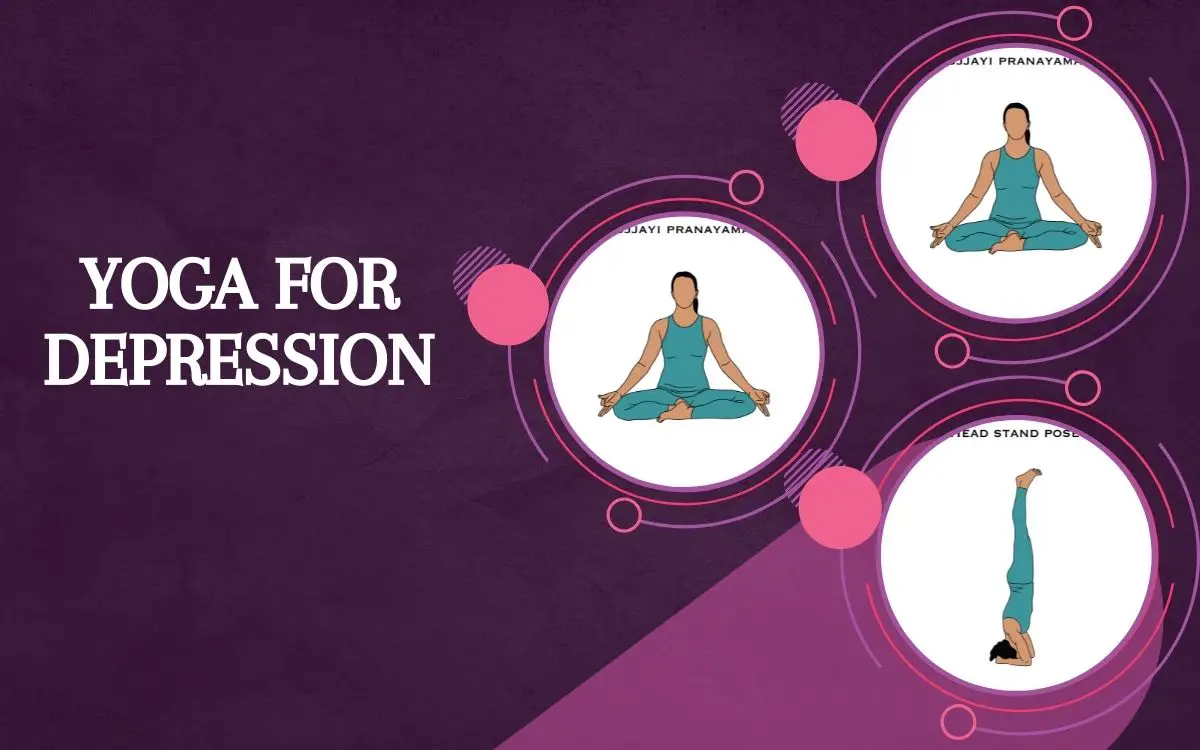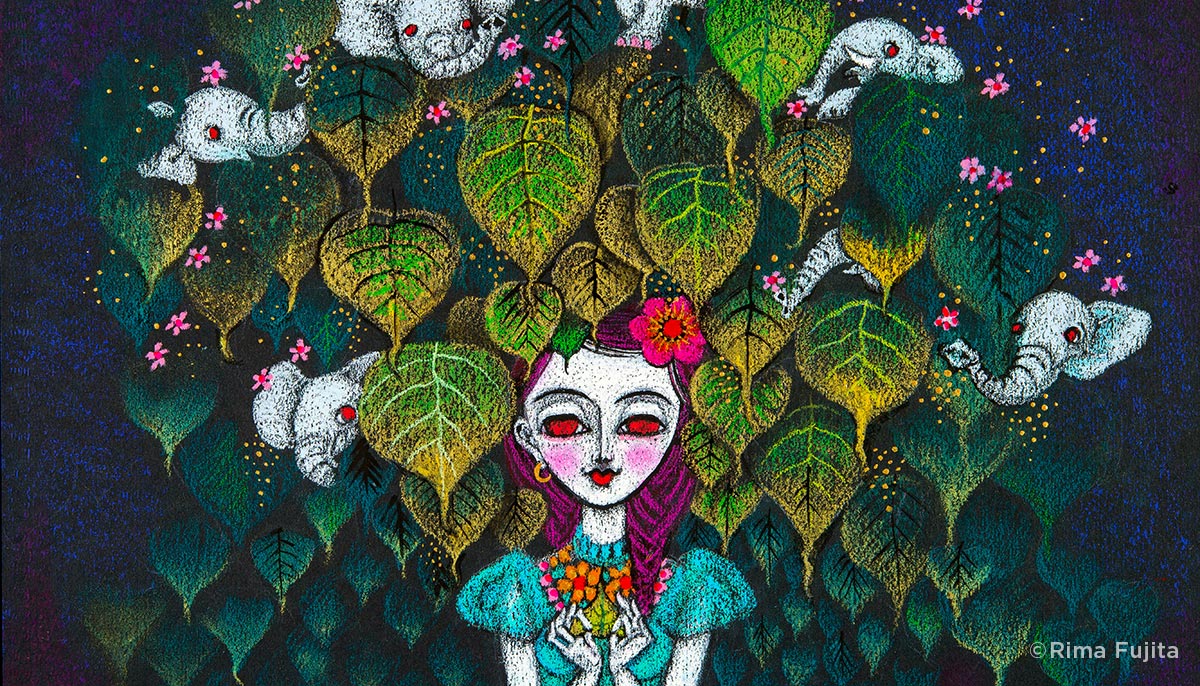The Purity Essence Mantra: Understanding and Practicing the Mantra OM SVABHAVA SHUDDHO SARVA DHARMA SVABHAVA SHUDDHO HAM
In Buddhism, most visualization meditation practices begin with the expression of Purity, called the Purity Essence Mantra: Om Svahava Shuddho Sarva Dharma Svabhava Shuddho Ham What does this actually mean, and why is it considered the most profoundly powerful...

 A monk meditating on Oneness with the world and the Universe on top of a mountain.
A monk meditating on Oneness with the world and the Universe on top of a mountain.In Buddhism, most visualization meditation practices begin with the expression of Purity, called the Purity Essence Mantra:
Om Svahava Shuddho Sarva Dharma Svabhava Shuddho Ham
What does this actually mean, and why is it considered the most profoundly powerful and insightful of mantras?
A simple translation of the Purity mantra — although it is by no means complete — is:
Oṃ, all dharmas are pure by nature; I am pure by nature.
Another important commentary translation of this mantra, who calls it the “mantra of reality” is from the great Gelek Rimpoche:
Nature’s empty; everything is pure; naturally pure, that’s what I am.
 We visualize ourselves at one with the universe. The atoms in our body are the same as the atoms in every other body. We are connected, only divided by artificial constructs such as ego (a behavioural conditioning). When we meditate with the Purity mantra we visualize ourselves at one with all phenomenon.
We visualize ourselves at one with the universe. The atoms in our body are the same as the atoms in every other body. We are connected, only divided by artificial constructs such as ego (a behavioural conditioning). When we meditate with the Purity mantra we visualize ourselves at one with all phenomenon.
It is called the “purity mantra” and also the “reality mantra” or even the “One-ness” mantra because it focuses our minds on the understanding that everything dependently arises, nothing is self-existent. This doesn’t mean we don’t “exist” but only that we don’t exist as self-contained “me” or “you” with nifty labels called “names.” We exist as beings, dependent on each other, and one, in essence. Within that state of spaciousness we can find profound peace and realizations, instead of grasping at artificial ego and cravings.
This is why Shunyata, especially in Chan or Zen, is translated as “Oneness.”
Reciting the mantra purifies our own essence, but also the essence of everything. When we make offerings, for example, we purify with this mantra first. When we pick up our mala, to practice, we purify with the Purity mantra. Nearly every Vajrayana practice starts and often ends with this mantra.
Fast Facts
The mantra is often used in meditation and practices to purify the mind and environment. Understanding Shunyata can lead to a deeper realization of the interconnectedness of all things. SARVA DHARMA means ‘all phenomena’. SVABHAVA SHUDDHO translates to ‘pure by nature’. SVABHAVA SHUDDHO HAM translates to ‘I am pure by nature’.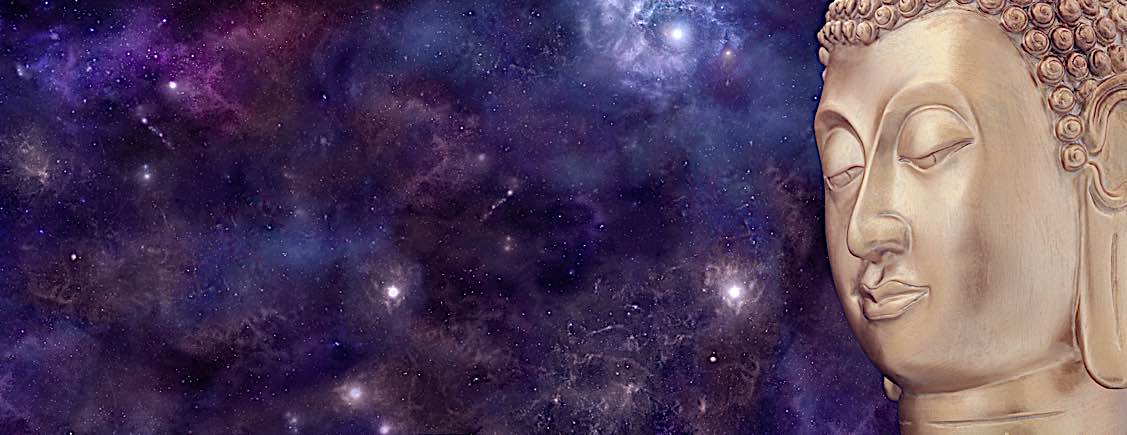 Often, as a starting conceptualization, students are guided to think of Emptiness as “space” or spacious. This is generally, not the ideal conceptualization. To avoid nihilistic attitudes, many teachers now coach students to think in terms of “oneness” and “fullness” — union with all, rather than removal of all. Both of these concepts are beginner visualizations. Cultivating bliss, with emptiness, a speciality of Vajrayana, helps us develop our own insights into the true nature of reality and Emptiness.
Often, as a starting conceptualization, students are guided to think of Emptiness as “space” or spacious. This is generally, not the ideal conceptualization. To avoid nihilistic attitudes, many teachers now coach students to think in terms of “oneness” and “fullness” — union with all, rather than removal of all. Both of these concepts are beginner visualizations. Cultivating bliss, with emptiness, a speciality of Vajrayana, helps us develop our own insights into the true nature of reality and Emptiness.
All Yoga Meditations Begin with Purity
In many Yogas, the beginning of practice is usually a mindfulness of breath meditation. In Mahayana Buddhism, we also start usually with breath and mindfulness, and then focus on Pure Essence. Traditionally, in Buddhist practice, we must start from a place of purity.
Lama Thubten Yeshe explained, in a teching:
“The main body of the yoga meditation begins with the shunyata mantra, OM SVABHAVA SHUDDHA SARVA DHARMA SVABHAVA SHUDDHO HAM. First, it’s significant that the words of this mantra are the original Sanskrit – just hearing or reciting them imparts great blessings. Also, this mantra contains a profound explanation of the pure, fundamental nature of both human beings and all other existent phenomena. It means that everything is spontaneously pure – not relatively, of course, but in the absolute sense. From the absolute point of view, the fundamental quality of human beings and the nature of all things is purity.”
This is also the mantra often used to purify or bless a Dharma object, such as malas, bells, vajras, inner offerings, outer offerings, consecrated items, or even a person, as a blessing.
When chanting the Purity mantra, you might also reinforce your meditation with Shunya Mudra (Oneness or Emptiness mudra):
 The Shunya Mudra, or “gesture of Emptiness” or Oneness with the Universe.
The Shunya Mudra, or “gesture of Emptiness” or Oneness with the Universe.What is Pure?
“I am pure” says the mantra, but what is the essence? The essence is that we are all dependently arisen. We are all made of the same “star stuff” as Carl Sagan famously wrote:
“The cosmos is within us. We are made of star-stuff. We are a way for the universe to know itself.”
In Buddhism, we think of this as Buddha Nature — our essential nature that is one with the universe. It’s not empty of life and existence, but rather the opposite –boutiful with limitless life and existence.
Likewise, we are one with that universe. When we practice the yoga of purification, we visualize our essence, ourselves — or the object or offering we are consecrating — as merging and become one with everything. Although this is visualized as “emptiness” where we “dissolve the limitations of our bodies and minds” we are not disintegrating or destroying, we are opening and collecting. We are removing the barriers that make us believe we are a distinct, non-dependent being, and seeing that we are part of a greater essence.
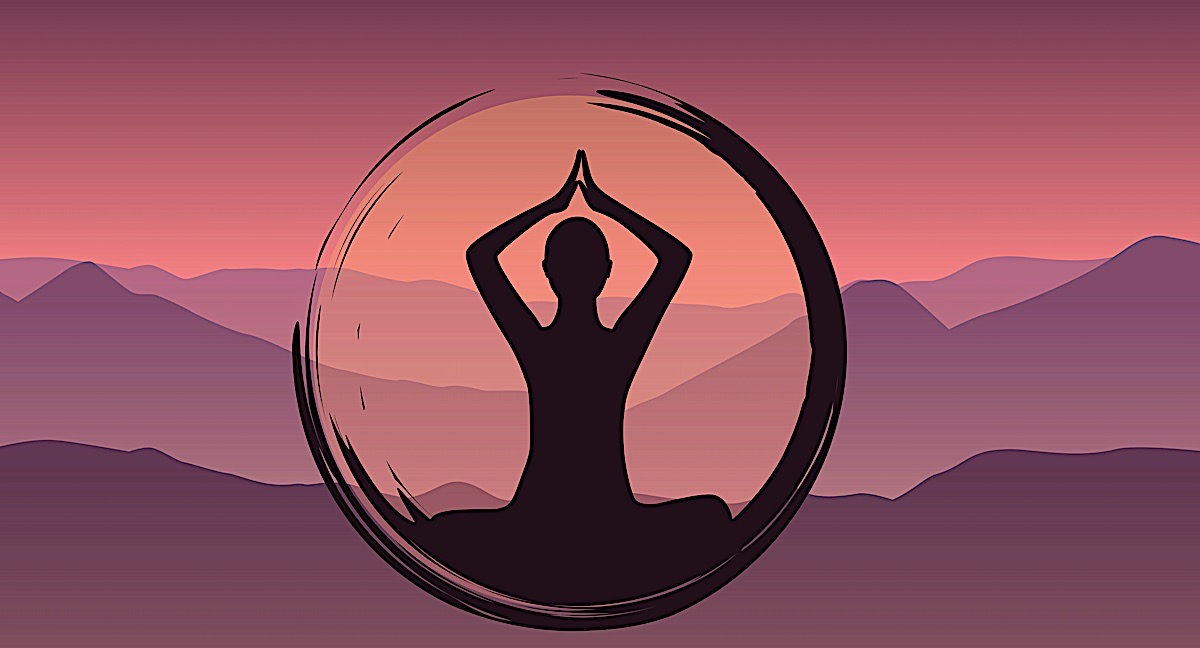 Ultimately, Shunyata can only be experienced through meditation. It has more to do with “Oneness” and “Fullness” than “Emptiness” and “Nothingness.” Empty of ego, but full of everything else.
Ultimately, Shunyata can only be experienced through meditation. It has more to do with “Oneness” and “Fullness” than “Emptiness” and “Nothingness.” Empty of ego, but full of everything else.
Why Begin Your Sessions with the Shunyata Mantra?
Starting your sessions with the Shunyata Mantra sets a powerful tone for your practice. This ancient chant, “OM SVABHAVA SHUDDHO SARVA DHARMA SVABHAVA SHUDDHO HAM”, translates to “all phenomena are naturally pure; they are pure in essence.” By reciting this mantra, you remind yourself of the intrinsic purity and emptiness of all things, allowing you to cultivate a calm and focused mind.
The Shunyata Mantra serves as an anchor, bringing your awareness to the present moment. It helps to cut through the layers of mental noise and misconceptions that often cloud our perception. By recognizing the nature of emptiness, you’ll start to dismantle the ego-grasping tendencies that lead to suffering.
Furthermore, embracing the concept of shunyata, or emptiness, encourages a sense of unity with all phenomena. This perspective shift is crucial for deepening your meditation practice and achieving a state of inner peace. It helps you let go of dualistic thinking, fostering a sense of interconnectedness with the world around you. Incorporating the Shunyata Mantra into the beginning of your sessions is not merely a ritual; it’s a transformative practice that aligns your mind and spirit with the true nature of reality.
 We meditate on being one with nature, one with all other beings, one with the universe, and one with all the Buddhas.
We meditate on being one with nature, one with all other beings, one with the universe, and one with all the Buddhas.
Step-by-Step Guide to Chanting the Shunyata Mantra
Ready to incorporate this profound practice into your sessions? Here’s a step-by-step guide to chanting the Shunyata Mantra — after first, of course, taking Refuge in the Buddha, the Dharma and the Sangha:
Find a Quiet Space: Begin by selecting a peaceful environment free from distractions. This will help you focus and immerse yourself fully in the meditation. Get Comfortable: Whether you prefer sitting on a cushion, chair, or even lying down, ensure your physical comfort to avoid interruptions during the practice. Set Your Intention: Take a moment to clear your mind and set a positive intention for your meditation session. This could be as simple as “I am open to experiencing purity and emptiness.” Start with Deep Breathing: Inhale deeply through your nose and exhale slowly through your mouth. Repeat this for a few minutes to center yourself and prepare for the chanting. Chant the Mantra: Begin chanting “OM SVABHAVA SHUDDHO SARVA DHARMA SVABHAVA SHUDDHO HAM” at a comfortable pace. Focus on the pronunciation and intonation, allowing the sound vibrations to resonate within you. Enter a State of Mindfulness: As you chant, bring your attention to the meaning of the words. Reflect on the concept of intrinsic purity and the emptiness of all phenomena. Visualize each word dissolving into spaciousness. Maintain Consistency: Continue chanting for a designated period, ideally starting with 5-10 minutes and gradually increasing as you become more comfortable. Consistency is key to deepening your practice. Conclude Gently: When you’re ready to finish, gradually reduce the volume of your chanting until it naturally dissipates. Once you stop, sit in silence for a few moments, absorbing the tranquility. Reflect: Take a few minutes to reflect on your experience. Notice any shifts in your state of mind or any insights gained during the meditation.By following these steps, you can effectively integrate the Shunyata Mantra into your practices, paving the way for greater awareness and spiritual growth. Remember, the key is consistency and openness to the profound wisdom embedded in these ancient words.
After your meditation, you usually follow on with your main practices or offerings, with a pure and settled and calm mind, at one with the Universe.
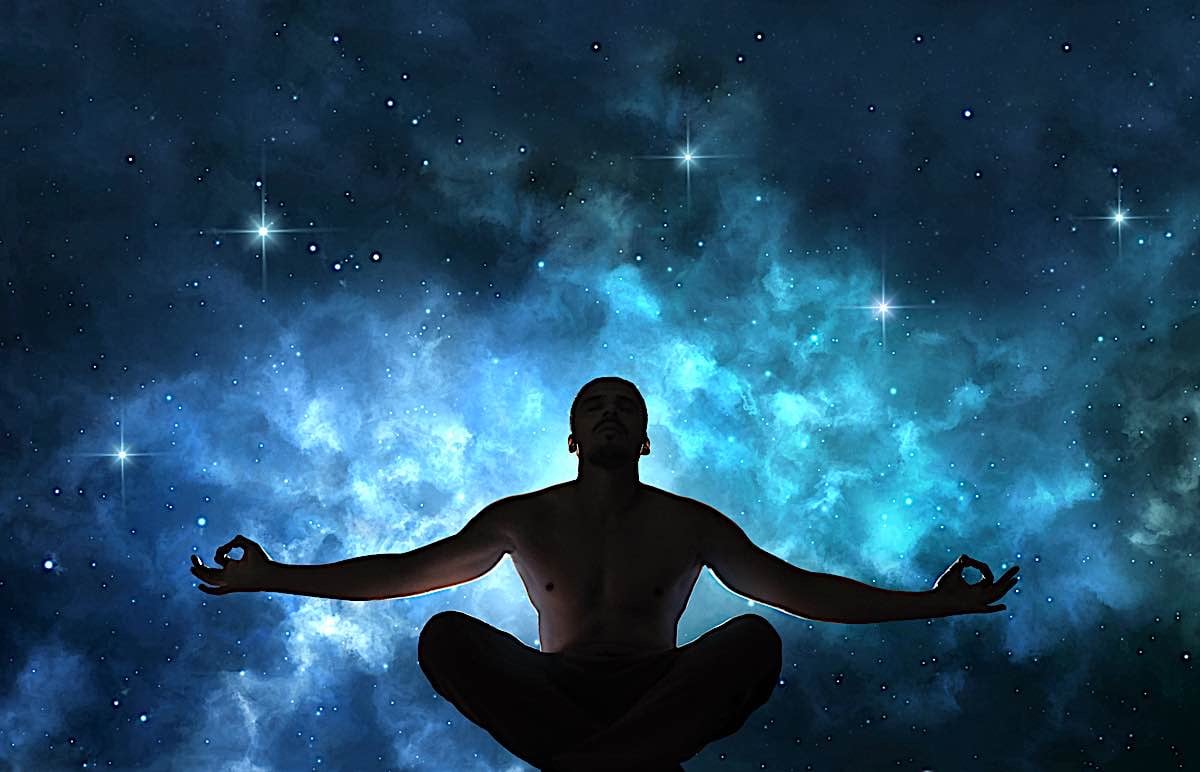 Mind is the most sacred space in Buddhism. It is in our minds that we meet the Buddha, Dharma and Sangha.
Mind is the most sacred space in Buddhism. It is in our minds that we meet the Buddha, Dharma and Sangha.
80% of the Known Universe is “Emptiness”
“The emptiness between stars and galaxies makes up 80 percent of the volume of the known universe. Dark energy is expanding these voids rapidly. There are dark places out there in the deep universe, vast Saharas hundreds of millions of light years across, empty except for a stray hydrogen atom or a bit of radiation.” [Popular Mechanics Feature 1]
Similarly, on a microscopic scale, an atom is 99.999999% empty (traditional physics), yet we appear to “feel” and touchs objects. Even though we believe we touch an object, there is actually a space between. Quantuum Physicist explains it differently, but regardless, there’s more of emptiness than substance in our relative world.
In Buddhism, the concept of shunyata, or emptiness, is not just a philosophical notion but a profound realization that all phenomena are devoid of inherent existence.
And — like space itself — Shunyata does not mean “nothing.” Although sometimes Buddhist teachers use the word “voidness” this is not the same thing as “nothing” — just as zero, in mathematics is not nothing. It is important to remove any notion of nihilism from Buddhism. Emptiness emphatically does not imply nihilistic beliefs.
This is akin to the way neurons in the brain orchestrate perceptions and consciousness, without harboring a fixed, tangible essence themselves. Similarly, when we gaze into the vast expanse of outer space, we encounter an overwhelming sense of mystery and infinity, a canvas upon which the stars and galaxies dance yet remain devoid of a core entity.
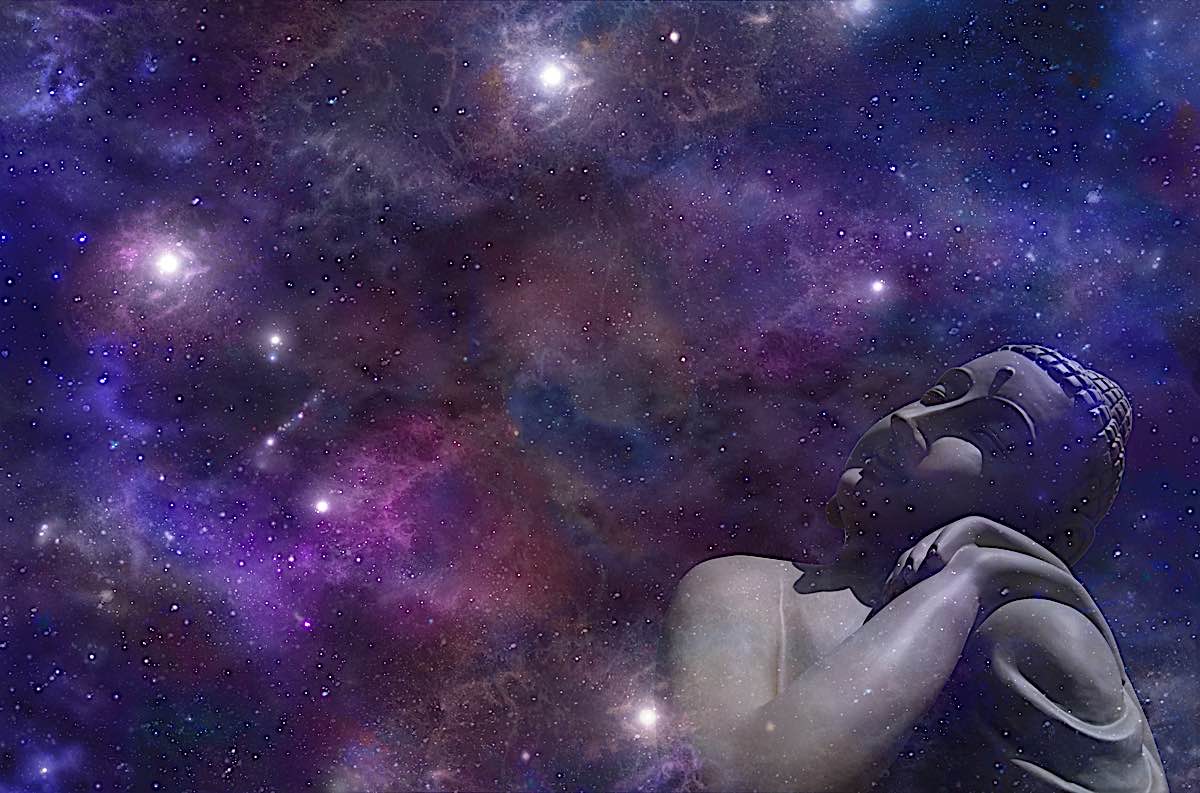 Meditation is the path to the Purelands. Purification is the method we use to clear our obscurations to seeing reality as it truly is.
Meditation is the path to the Purelands. Purification is the method we use to clear our obscurations to seeing reality as it truly is.
Shunyata, Neurons and the Cosmos are All Empty
Understanding Shunyata — the Buddhist concept of Emptiness — can be likened to grasping the nature of neurons and outer space. Just as neurons transmit signals without an intrinsic nature and outer space appears boundless and empty yet is the cradle of celestial phenomena, Shunyata underscores these “realities” with advanced concepts such as interdependent origination and dualistic perspectives on reality. This perspective is deeply rooted in the teachings of the Prajnaparamita Sutras, which teaches:
“Form is emptiness; emptiness is form”
“When you realize there is nothing lacking, the whole world belongs to you.” — Lao Tzu
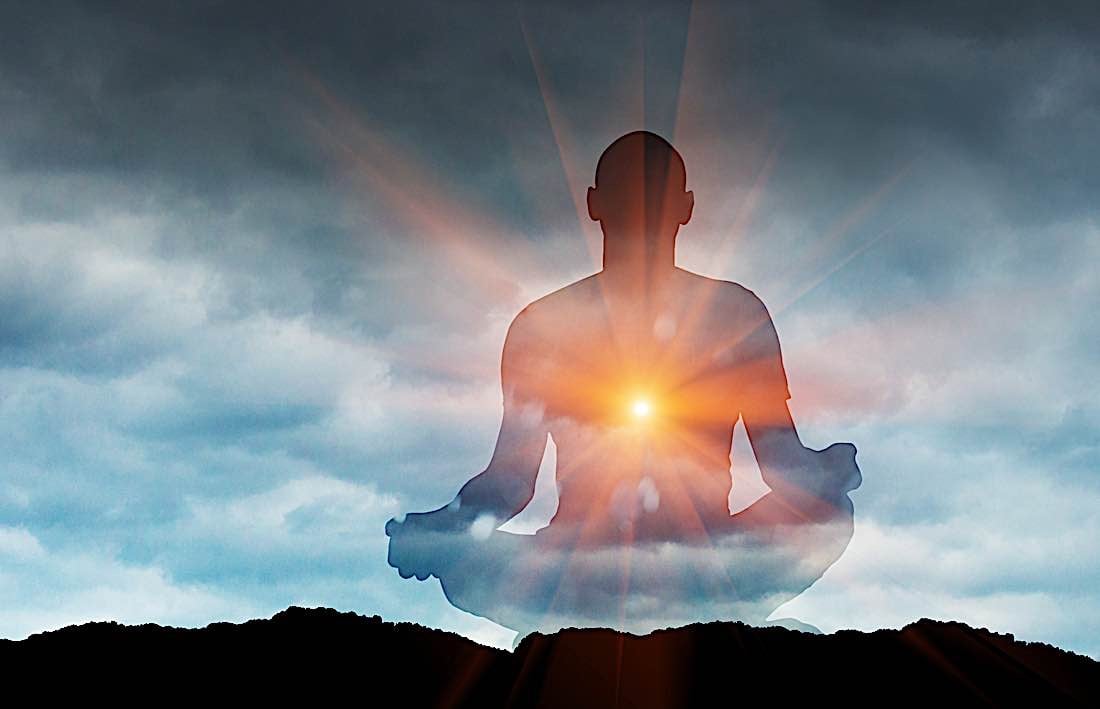
From an advanced Buddhist outlook, Shunyata isn’t nihilism; it’s a liberating insight into the true nature of reality — like trying to probe the space between neurons and galaxies. By appreciating the emptiness of all phenomena — that connects all phenemena — you tap into a deeper interconnectedness and compassion, transcending the illusion of separateness. Just because, when I shake your hand, or hug you, we never actually physically touch — remembering that there’s always space between atoms — doesn’t mean we aren’t deeply connected.
This aligns well with the philosophy of dependent origination, which reveals that all things arise in dependence upon multiple causes and conditions and lack an independent essence (“Thich Nhat Hanh Foundation”, 2020).
How can we relate these to Neurons and outer space?
Neurons: Just as neurons are fundamental yet empty of inherent nature, conditioned by countless factors like synapses and neurotransmitters, our experiences and identities are similarly conditioned and interdependent. Outer Space: The vast emptiness of space with its scattered celestial bodies can be compared with the Buddhist concept of the Emptiness, where innumerable phenomena arise and dissolve without an intrinsic core. It may appear that space doesn’t exist, but clearly it does — and not only that, it connects star systems and galaxies. Shunyata: Embracing the emptiness of all phenomena helps in developing a profound sense of equanimity and interconnectedness when we realize that if we don’t exist “independently” of each other, then we are connected and One. Thich Nhat Hanh in teachings often favored the English translation of “Oneness” instead of “Emptiness” for Shunyata.Shunyata Mantra
The profound Shunyata Mantra expresses this concept, which is why, at least in advanced Vajrayana Buddhist practice.
In Buddhist practices, incorporating the Shunyata Single Essence Mantra, OM SVABHAVA SHUDDHO SARVA DHARMA SVABHAVA SHUDDHO HAM, into your sessions can serve as a constant reminder of this profound truth, aiding in the dissolution of ego and fostering a deeper understanding of the interconnected nature of existence.
The origin of Zero
In mathematics, Zero is not the same as nothing. Zero is the “potential.” When we say your “bank account has a lot of zeroes” that means — a lot! The earth, a globe, is shaped like a zero. The earth orbits the sun in an eliptical zero, the moon orbits the earth, the solar system orbits the galaxy, our galaxy orbits other galaxies. The nature is zero is union, oneness, and limitlessness.
The concept of Zero spread around the world, revolutionizing mathematics, science and philosophy. Notably, in Shaivism, Shunya means “the supreme.” In Buddhism it can be thought of as “Oneness.” In other words, it is a mistake to think of Shunyata as anything remotely nihilistic.
Zero is a number representing an empty quantity. Adding 0 to any number leaves that number unchanged. In pre-Islamic time the word ṣifr (Arabic صفر) had the meaning “empty”. [2] Sifr evolved to mean zero when it was used to translate śūnya (Sanskrit: शून्य) from India. The first known English use of zero was in 1598.
NOTES
[1] Popular Mechanics https://www.popularmechanics.com/space/deep-space/a44050735/the-universe-is-mostly-empty-space/
[2] Smithsonian Institution. Oriental Elements of Culture in the Occident, p. 518, at Google Books. Annual Report of the Board of Regents of the Smithsonian Institution; Harvard University Archives. “Sifr occurs in the meaning of “empty” even in the pre-Islamic time. … Arabic sifr in the meaning of zero is a translation of the corresponding India sunya.”

 JaneWalter
JaneWalter 












